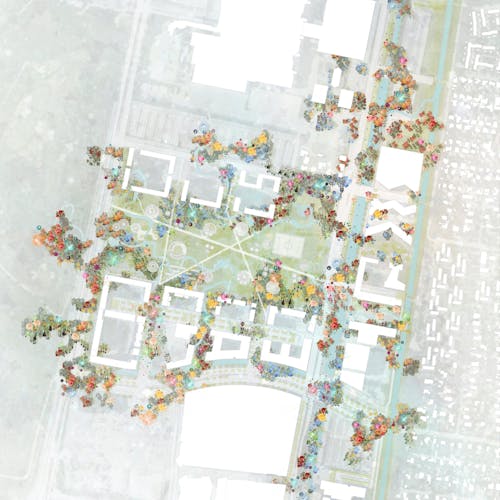Sankt Kjeld's Square
& Bryggervangen
A Copenhagen landmark for nature-based cloudburst protection combined with recreational spaces, biodiversity, and new infrastructure.

Curious for more?
Bjørn Ginman
Senior Lead Designer, Project Director, Landscape Architect MAA MDL
Location
Copenhagen, Denmark
Size
34,900 m2
Year
2015 — 2019
Client
The City of Copenhagen
Role
Concept and design
Partners & Collaborators
NIRAS, HOFOR, Viatrafik, Jens Rørbech and Ebbe Dalsgaard
Awards
2020 The Danish Association of Architects’ main prize 'Årets Arne', 2020 WAN Award ’Silver’, 2020 Finalist Danish Design Award - ‘Liveable Cities’
Sankt Kjeld’s Square and Bryggervangen form a cornerstone in the Copenhagen Climate District and is one of the city’s largest and greenest cloudburst mitigations projects to date.
The project shows how making our neighborhoods resilient to future cloudbursts can go hand in hand with green and recreational urban spaces that enhance biodiversity and reduce traffic, air pollution, and the urban heat island effect.


Rainwater is now contained and delayed in numerous specially designed green urban spaces which protect the neighborhood from flooding. Instead of channeling the rainwater into overfilled sewers, it is instead dealt with locally. Thus, the water gives life to plants and trees as well as creating new blue-green nature experiences, right in the middle of the city.
The project brings 586 new trees of 48 local species to the neighborhood. It also brings a whole new type of nature to the city. One that is both aesthetic, functional, biodiverse, and resilient.
For the project, SLA’s plant specialists and architects have defined a distinctive city nature of Copenhagen; one that learns from characteristic biotopes in Copenhagen – such as Utterslev Mose, Kongelunden, and Amager Fælled – and their natural processes. A new nature, which gives the Copenhageners a strong aesthetic feeling of nature right on their doorstep.
Bryggervangen and Sankt Kjeld’s Square is designed to actively increase the biodiversity in the city. It functions as a dispersal corridor and “green infrastructure” between the nearby parks, Fælledparken and Kildevældsparken, and is designed to give home to the local flora and fauna.
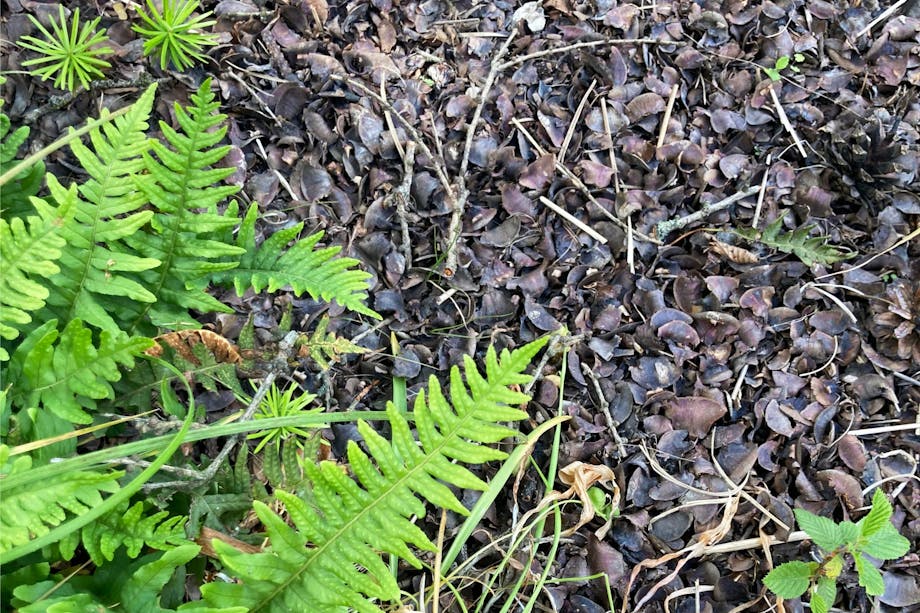
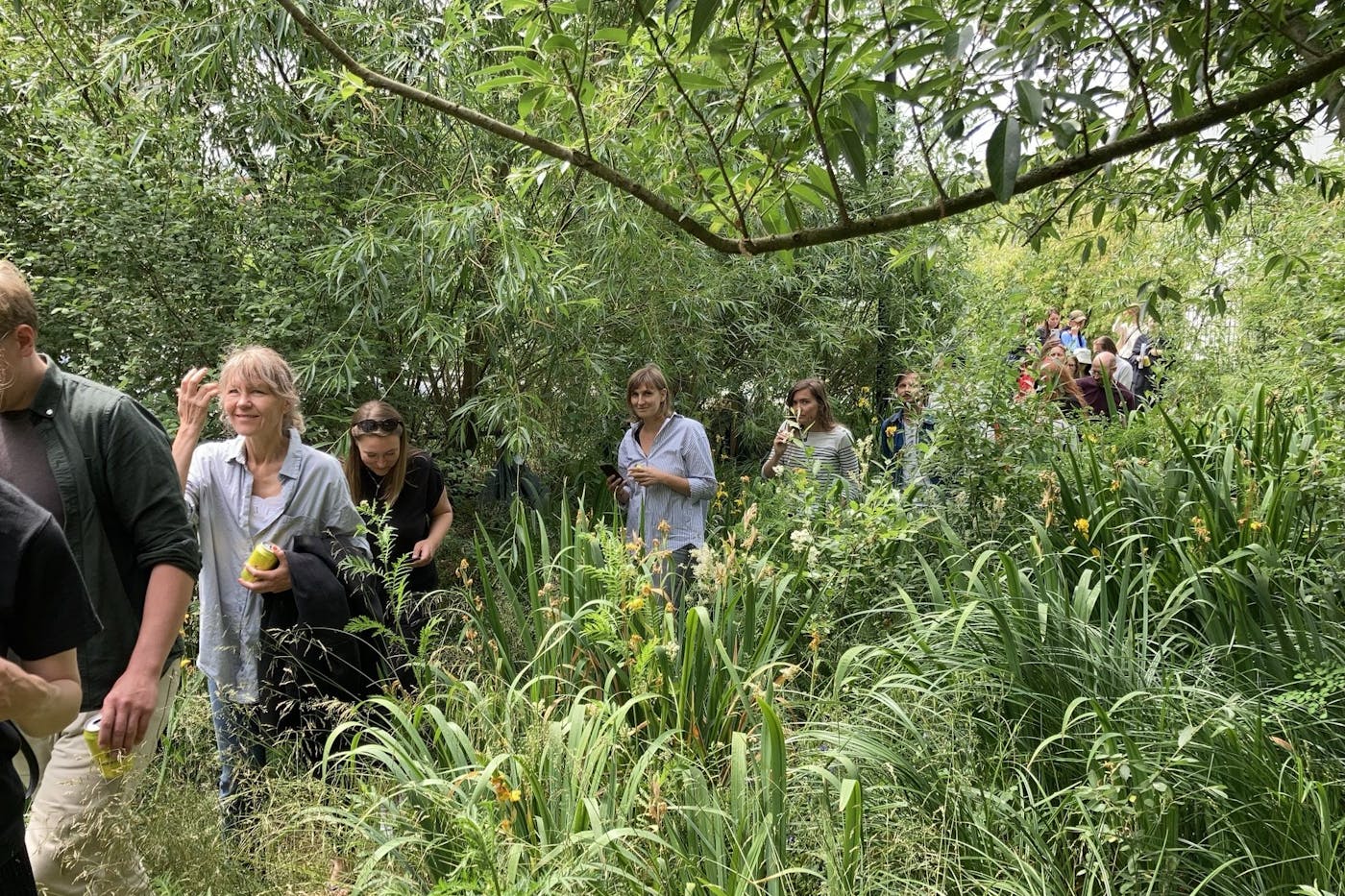
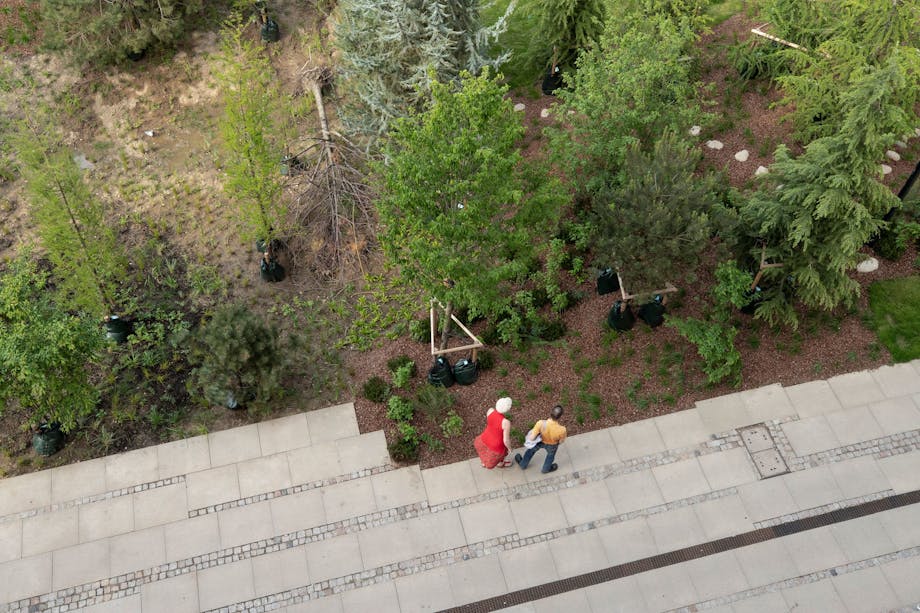
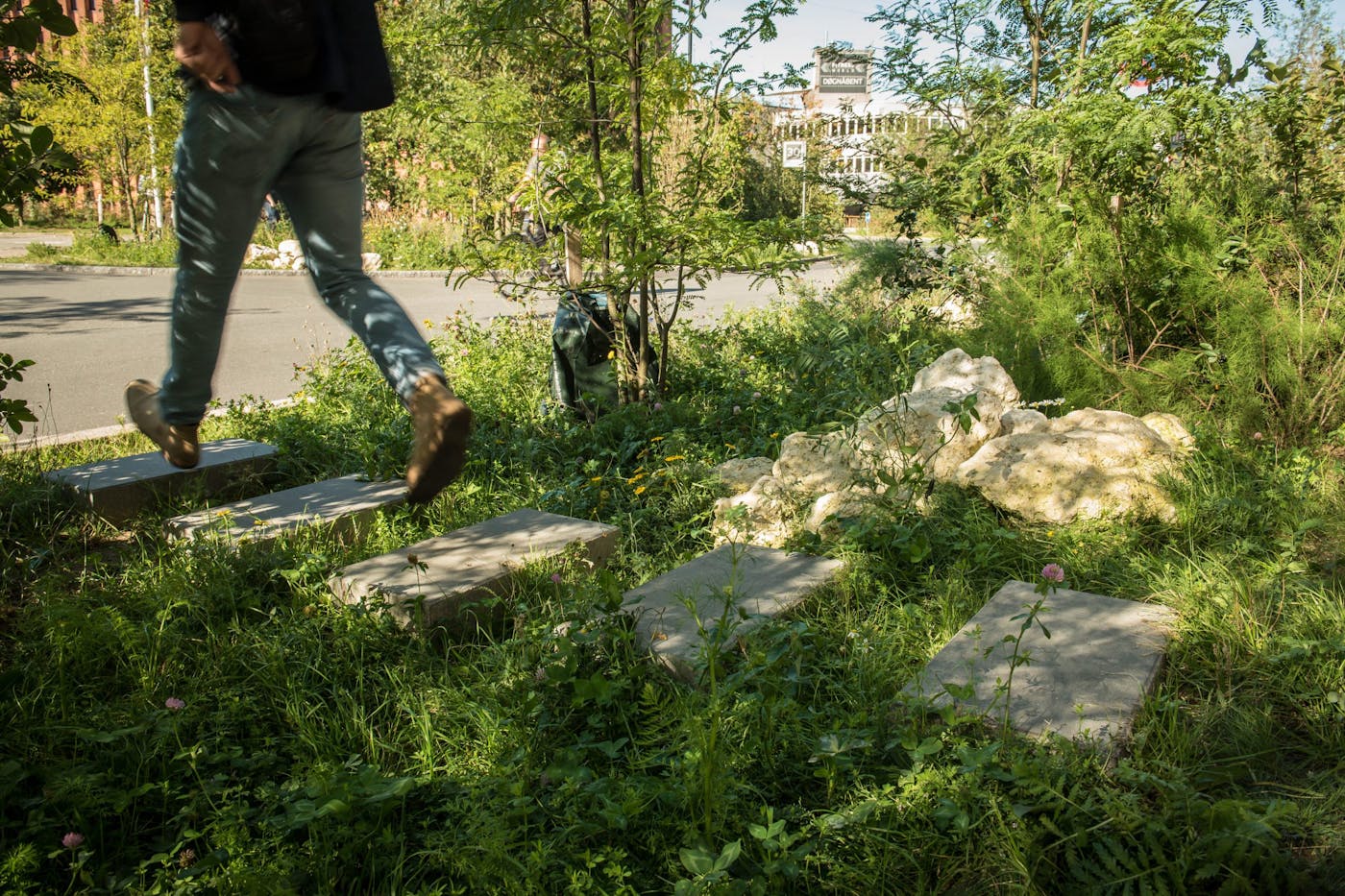
In addition to solving the area’s climate challenges, Sankt Kjeld’s Square & Bryggervangen adds several new opportunities for outside activity. By narrowing the formerly trafficked roads, optimizing parking, and adding new bicycle routes through the nature-rich spaces, safe and stimulating mobility is now a certainty for all.
A network of pathways has been laid out between the newly planted trees, inviting everyone to explore the spaces beneath the treetops for hidden treasures like mirabelle plums, walnuts, and crab apples. The urban spaces have areas for outside service in the sun, benches for a quiet break between the trees, and large, dead trees for kids to climb and insects to inhabit.
The transformation of Sankt Kjeld’s Square and Bryggervangen has given rise to a new sense of local identity and community. Where you formerly met an area characterized by grey infrastructure, you now see a green neighborhood.
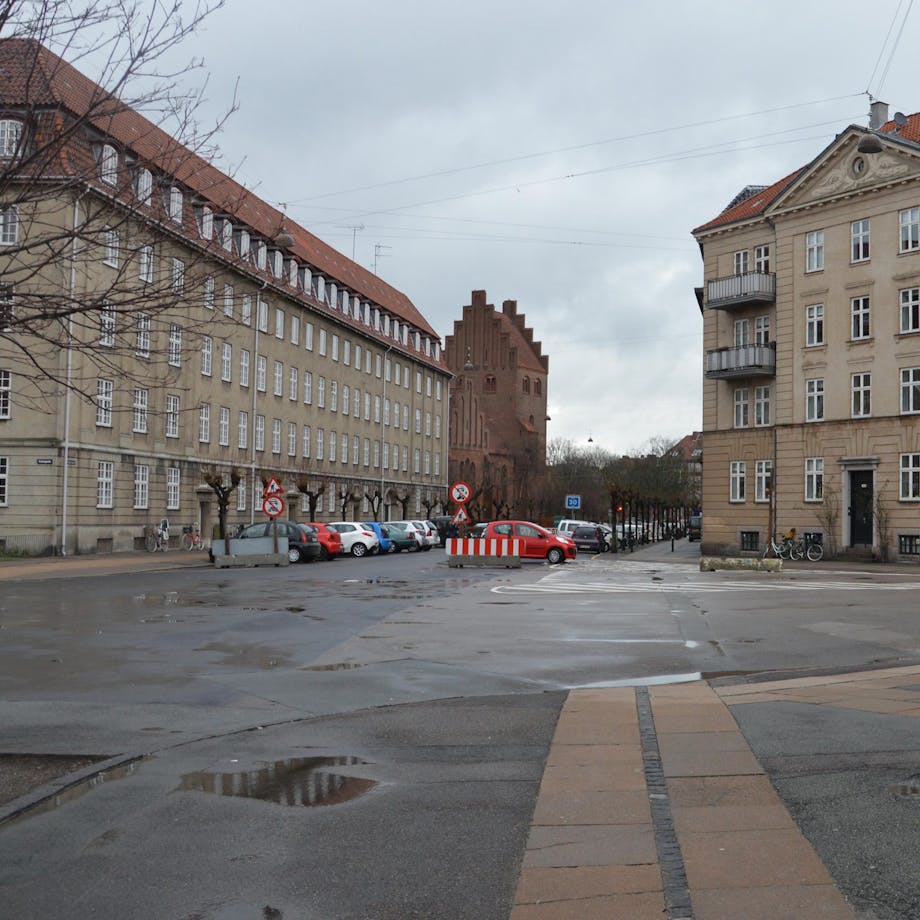







“Through a distinctly interdisciplinary approach, the team has managed to put an architectural idea at the forefront of the work on Copenhagen's basic infrastructure.”
— From the jury report of Årets Arne 2020 - The Danish Association of Architects' annual award which Sankt Kjeld's Square and Bryggervangen won in 2020.
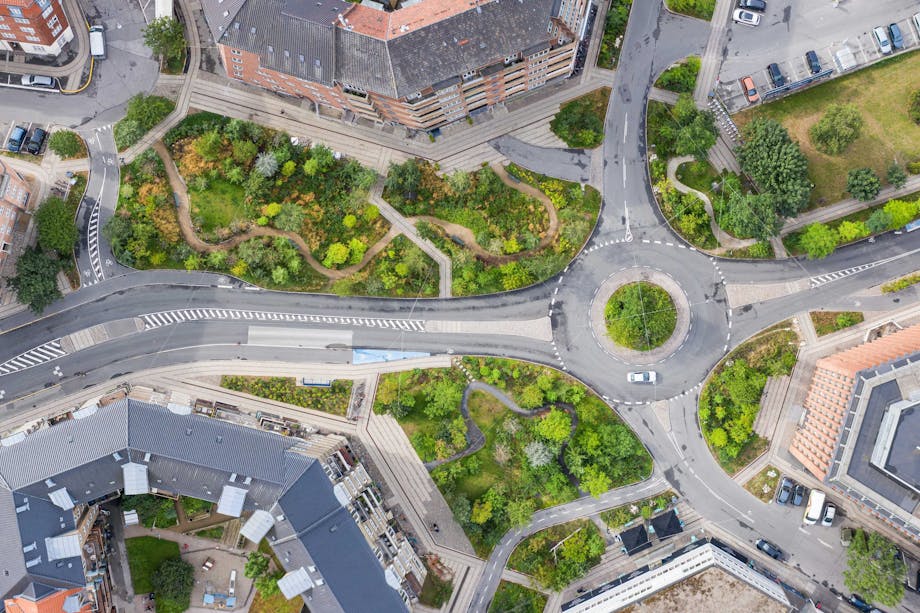
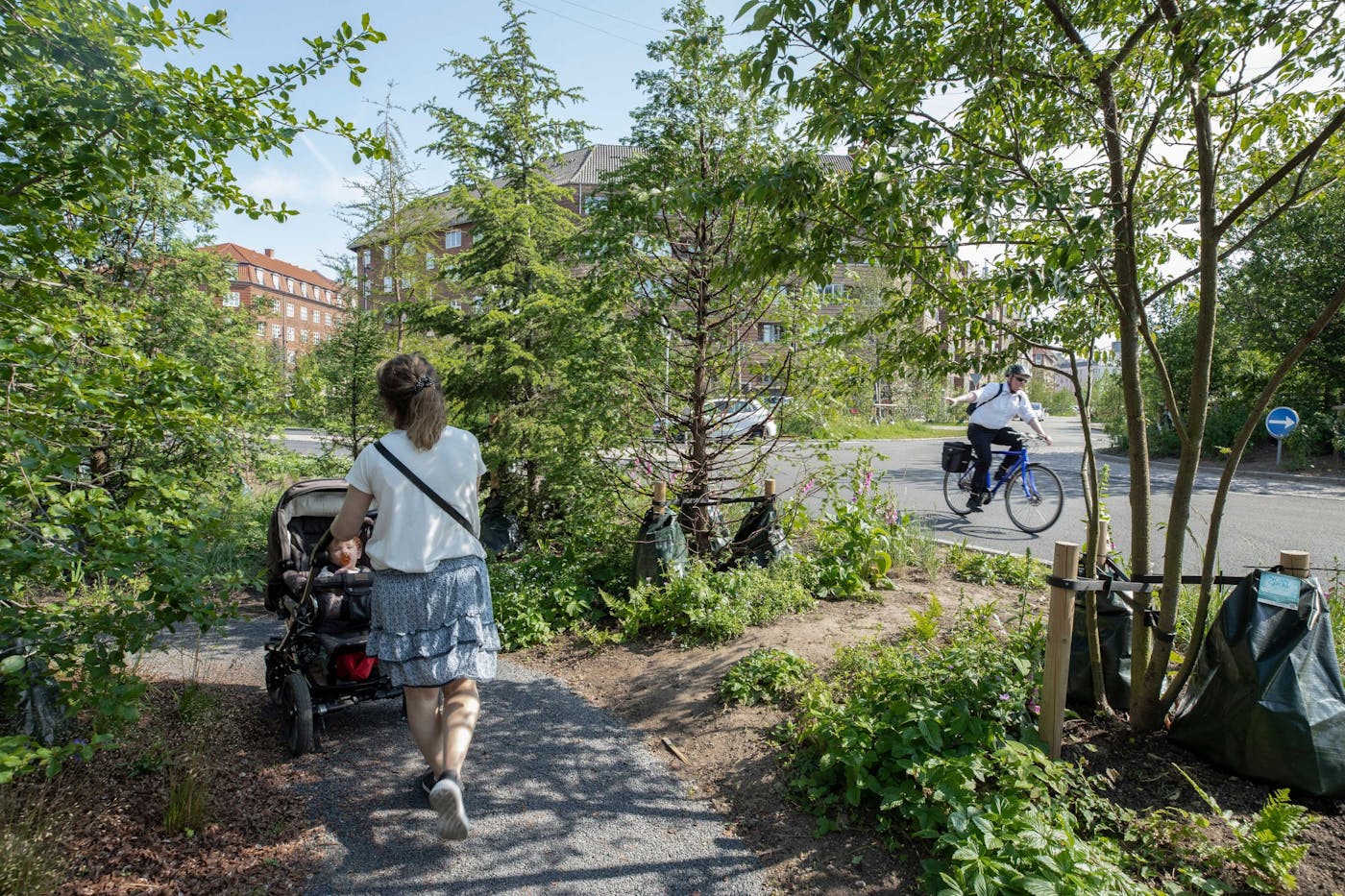
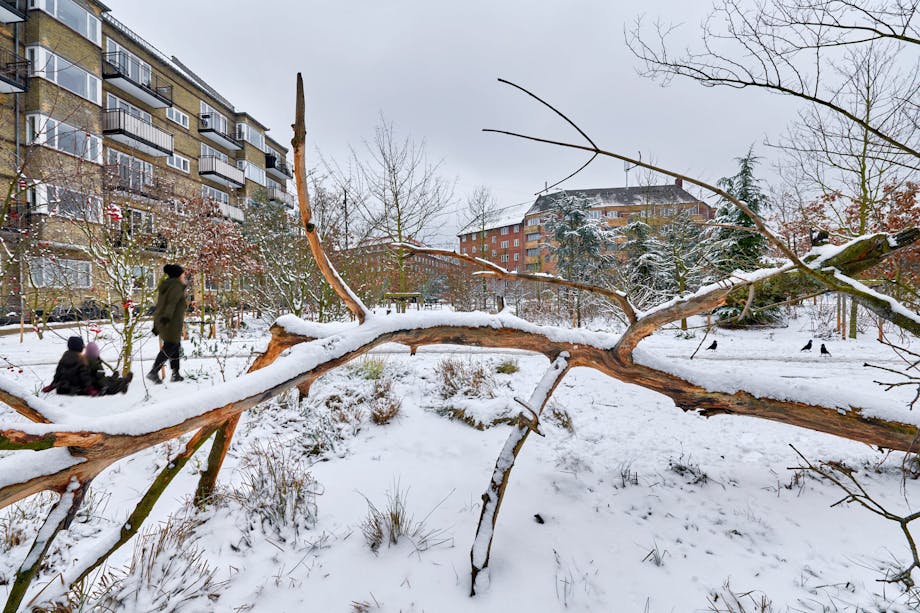

As part of our service, we have developed a nature-based care and maintenance plan for the area.
Owing to its distinctive nature design, Sankt Kjeld’s Square and Bryggervangen introduced a paradigm shift in relation to care and maintenance. The city nature is designed to grow more ‘wildly’ and thus requires less and cheaper maintenance which, nevertheless, adds much more natural value to the city.
While the central, practical challenge behind the project was to handle rainwater falling in the area, SLA’s project also focuses on the additional benefits we can get from nature-based climate adaptation: the blue, the green, the healthy, the sensuous, the biodiverse, and the social. In short, all that makes life in the city worth living.
We design places for life. All life.
Fundamentals



fund. 20
Sakuteiki
– The Book of Garden
Read more

fund. 27
White
Read more



fund. 25
Roots
Read more



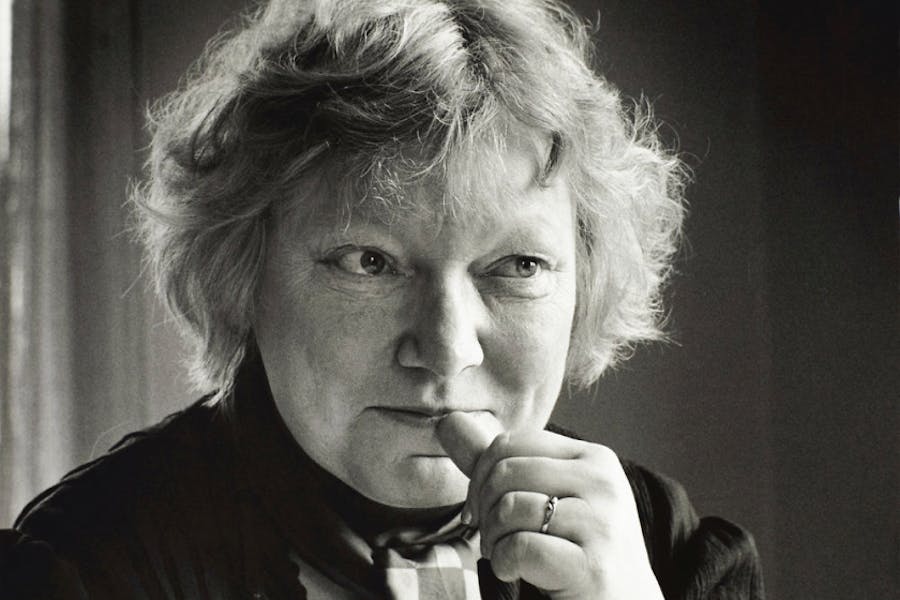


fund. 19
Essay: The Bark Room
Read more




fund. 26
Sound
Read more
fund. 12
Mist
Read more



fund. 26
Atmosphere
Read more















